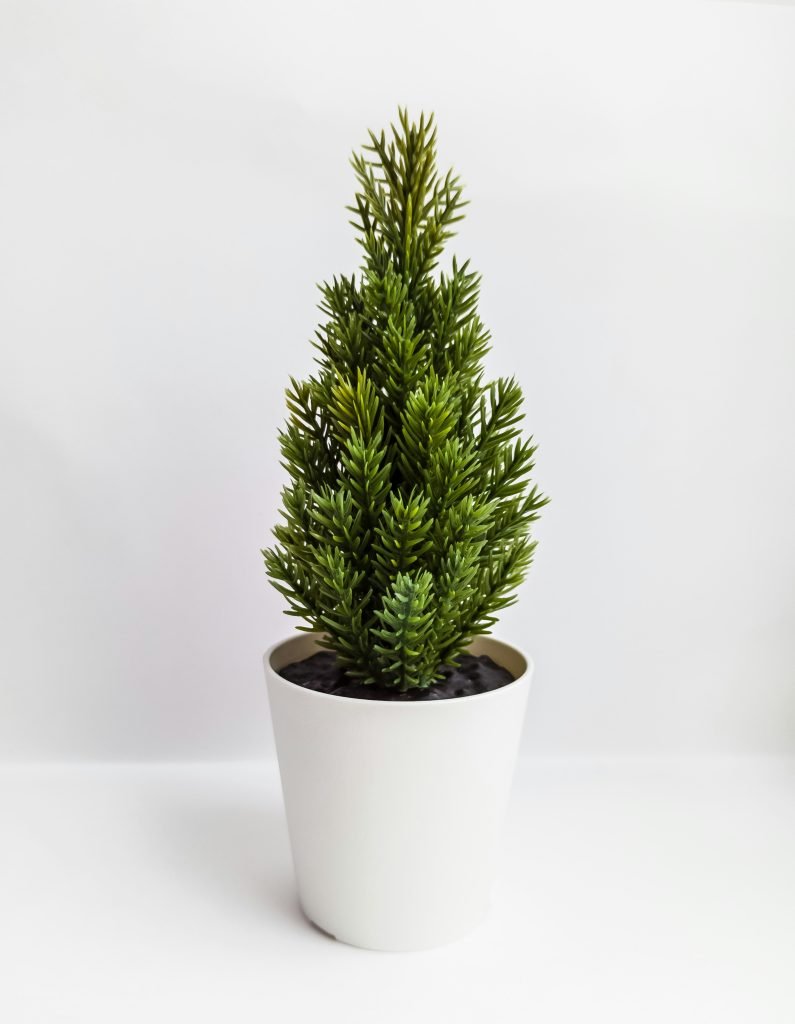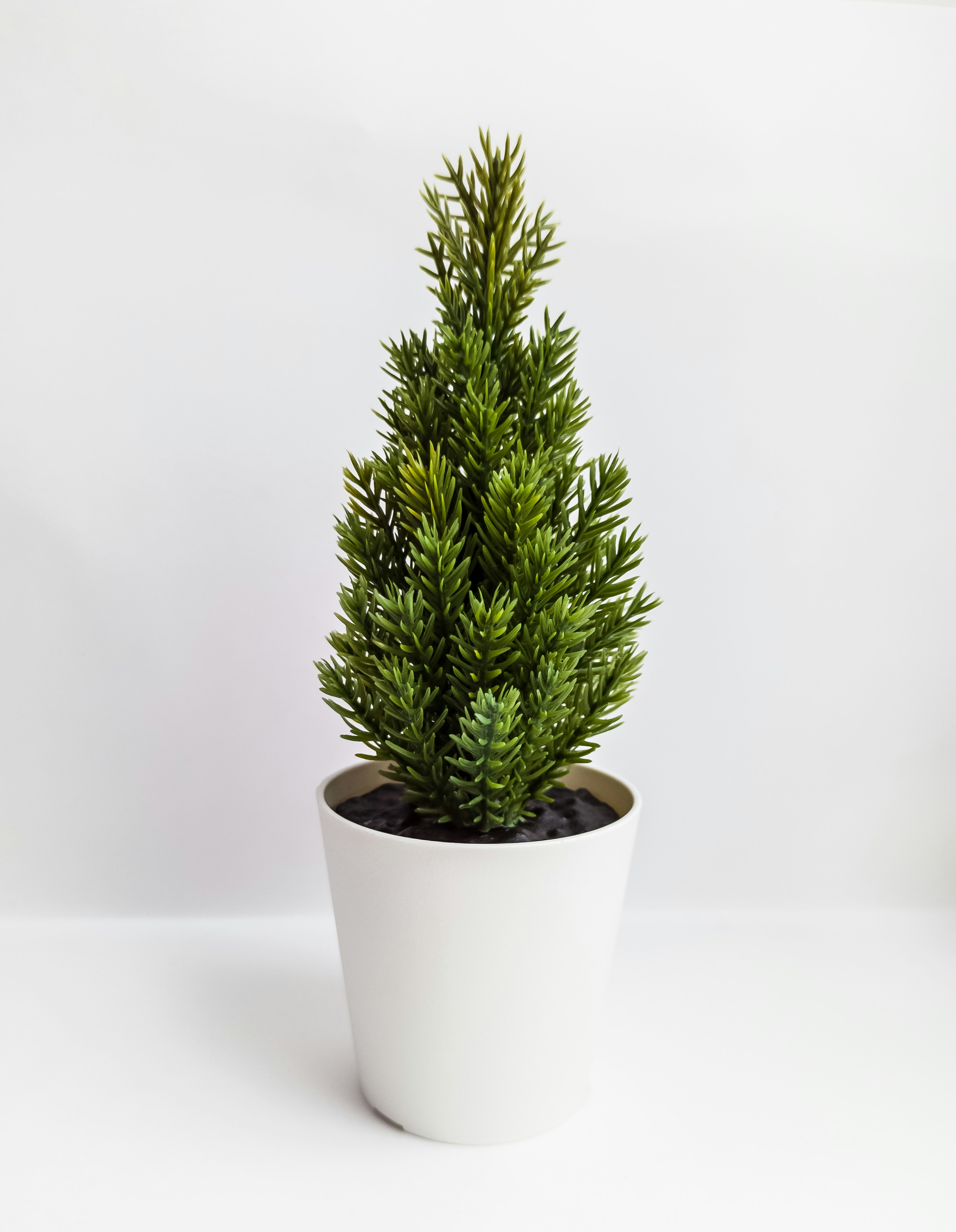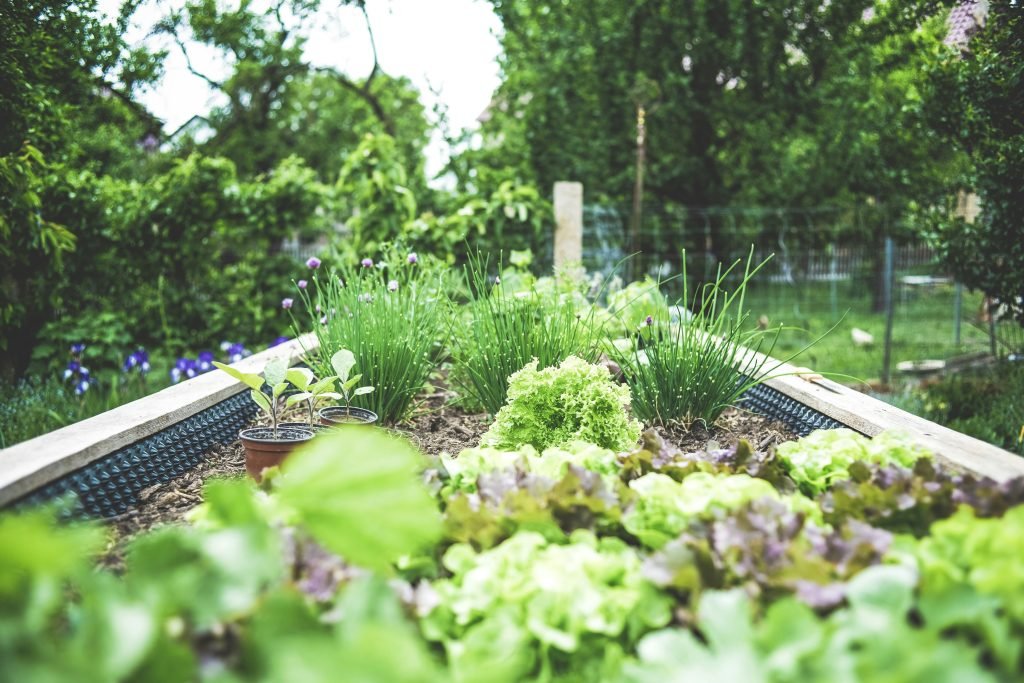How often do you think about the quality of the soil in your garden or yard? After all, healthy soil is the foundation of vibrant plants and a productive garden. Improving soil quality naturally can benefit not only your plants but also the environment. Let’s discuss various ways you can enhance your soil’s health without resorting to chemical fertilizers.
This image is property of images.unsplash.com.
Understanding Soil Quality
Before you can improve soil quality, it’s essential to understand what soil quality entails. Soil quality refers to the soil’s ability to support plant growth, maintain environmental quality, and promote animal health. Healthy soil is rich in nutrients, has good structure, and supports a diversity of microorganisms.
Key Components of Soil Quality
- Nutrients: Essential for plant growth, nutrients like nitrogen, phosphorus, and potassium need to be abundant in your soil.
- Texture: This refers to the size of the soil particles. Clay, silt, and sand all have different textures that can impact water retention and drainage.
- pH Level: Soil pH affects nutrient availability. Most plants thrive in slightly acidic to neutral pH levels (between 6.0 and 7.0).
- Organic Matter: Rich in nutrients and helps with soil structure, organic matter supports microbial life crucial for soil health.
Understanding these components gives you a baseline for improving your soil naturally.
Testing Your Soil
To effectively improve your soil quality, you should start with a soil test. This process will provide insights into nutrient levels, pH, and organic matter content.
How to Conduct a Soil Test
- Collect Samples: Use a clean tool (like a trowel) to collect soil from various spots in your garden. Aim for about 10-15 samples.
- Mix and Dry: Combine these samples in a clean bucket and let them dry at room temperature.
- Send for Testing: Find a local agricultural extension office or use a home testing kit to analyze your soil.
Understanding the results will help you determine the specific amendments needed to improve your soil.
This image is property of images.unsplash.com.
Natural Amendments to Improve Soil Quality
Once you have your soil test results, you can choose the best natural amendments to enhance your soil quality. Here are some effective options:
Compost
Composting is one of the best ways to improve soil quality naturally. By recycling kitchen scraps and yard waste, you can create rich organic matter.
- Benefits: It enhances soil structure, increases nutrient levels, and improves moisture retention.
- How to Use: Mix compost into the top few inches of soil or use it as mulch around plants.
Mulch
Using organic mulch can significantly improve soil health while controlling weeds and conserving moisture.
- Types of Mulch: Wood chips, straw, and grass clippings are all excellent options.
- How to Apply: Spread a layer of organic mulch around your plants, ensuring it does not touch the stems directly.
Green Manure/Cover Crops
Planting cover crops during the off-season helps improve soil quality by adding organic material and fixing nitrogen in the soil.
- Popular Choices: Clovers, vetch, and rye are great for improving soil health.
- Usage: Plant these crops in the fall and till them into the soil in the spring before planting your main crops.
Biochar
Biochar is a form of charcoal that can improve soil health and contribute to carbon sequestration.
- Benefits: It enhances soil structure, improves nutrient retention, and promotes microbial activity.
- Application: Mix biochar into the soil or add it to compost before using it in your garden.
Enhancing Soil Structure
Soil structure is critical for good drainage and aeration, impacting root growth and overall plant health.
Tilling vs. No-Till
- Tilling: While traditional tilling can aerate the soil, it can also disrupt soil structure and displace beneficial microorganisms.
- No-Till Practices: A no-till approach maintains soil integrity, encourages earthworms, and helps retain moisture. Consider using a variety of planting techniques that minimize soil disturbance.
Building Soil Aggregates
Encouraging the formation of aggregates improves soil structure and allows for better air and water movement.
- Organic Matter: Adding materials like compost and mulch fosters microbial activity, leading to healthier soil aggregates.
- Proper Watering: Avoid overwatering, which can lead to soil compaction and reduce aggregate formation.
This image is property of images.unsplash.com.
Increasing Soil Fertility Naturally
Natural soil amendments not only improve soil structure but also boost fertility through organic nutrients.
Benefits of Crop Rotation
Crop rotation involves changing the type of plants grown in a specific area each season.
- Advantages: This practice can prevent nutrient depletion, control pests, and reduce the risk of disease.
- Plan Your Rotation: Alternate between root crops, leafy greens, and legumes to ensure a balanced nutrient intake.
Use of Organic Fertilizers
Organic fertilizers are derived from natural sources, providing a slow-release option for your plants.
- Examples: Bone meal, fish emulsion, and kelp meal are great choices to add nutrients back into the soil.
- Application Tips: Follow the recommended rates on the packaging to avoid over-fertilizing.
Water Management for Healthy Soil
Water management plays a crucial role in maintaining soil health. Too much or too little water can lead to soil degradation.
Drip Irrigation
Consider installing a drip irrigation system to deliver water directly to the root zones.
- Benefits: This method conserves water, reduces evaporation, and prevents over-saturation of soil.
- Setup: You can set up a simple system with tubing and emitters to localize watering.
Rain Gardens
Creating a rain garden helps manage excess rainwater while improving soil quality.
- How It Works: The plants in the rain garden absorb water, while the soil filters and retains it, benefiting nearby plants.
- Designing Your Garden: Choose native plants that thrive in wet conditions, and create a depression in your landscape to allow for water collection.
Encouraging Soil Microbial Life
Soil is teeming with microorganisms, and boosting this life can lead to more vigorous plant growth.
Compost Tea
Using compost tea can introduce beneficial microbes back into your soil.
- Making Compost Tea: Steep a bag of compost in water for a few days, agitating it occasionally to extract nutrients and microbes.
- Application: Use it as a foliar spray or soil drench to enhance microbial populations.
Avoid Chemical Pesticides
Using harsh chemicals can harm beneficial soil organisms. Instead, opt for natural pest control methods.
- Examples: Introduce beneficial insects, use neem oil, or plant pest-repelling flowers like marigolds to create a balanced ecosystem.
Conclusion
Improving soil quality naturally doesn’t have to be complicated or time-consuming. By utilizing these techniques, you can enhance your soil’s health, which in turn leads to a more productive and flourishing garden. Remember to start with a soil test to guide your amendments and practices, and always choose natural options to foster a thriving ecosystem. Your plants, the environment, and even your taste buds will thank you for it!







